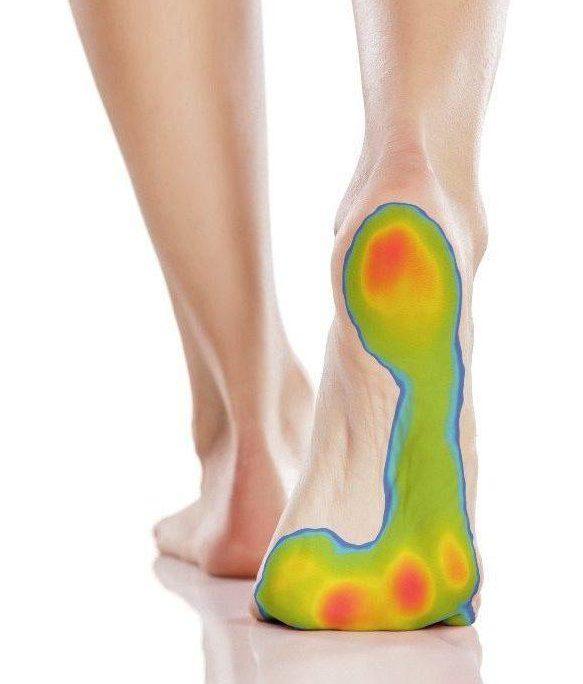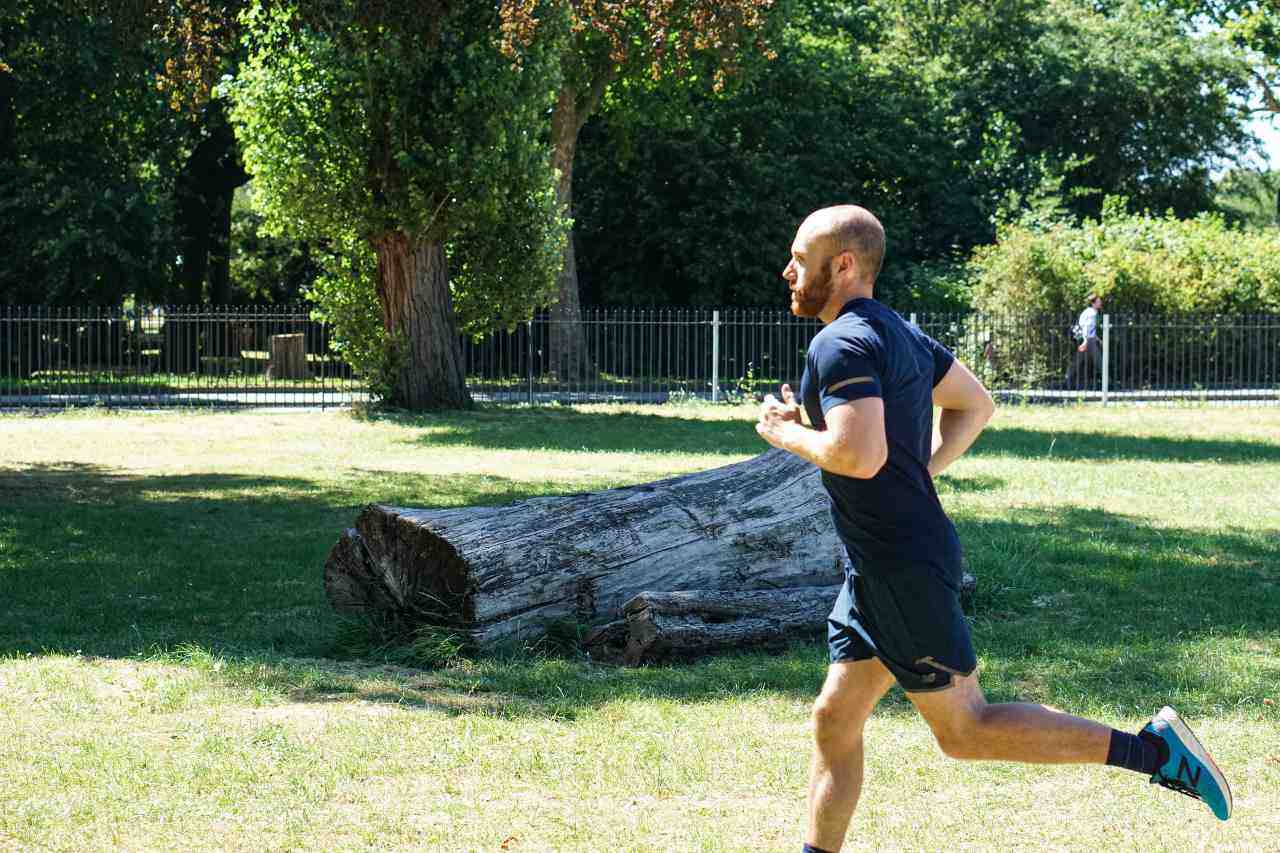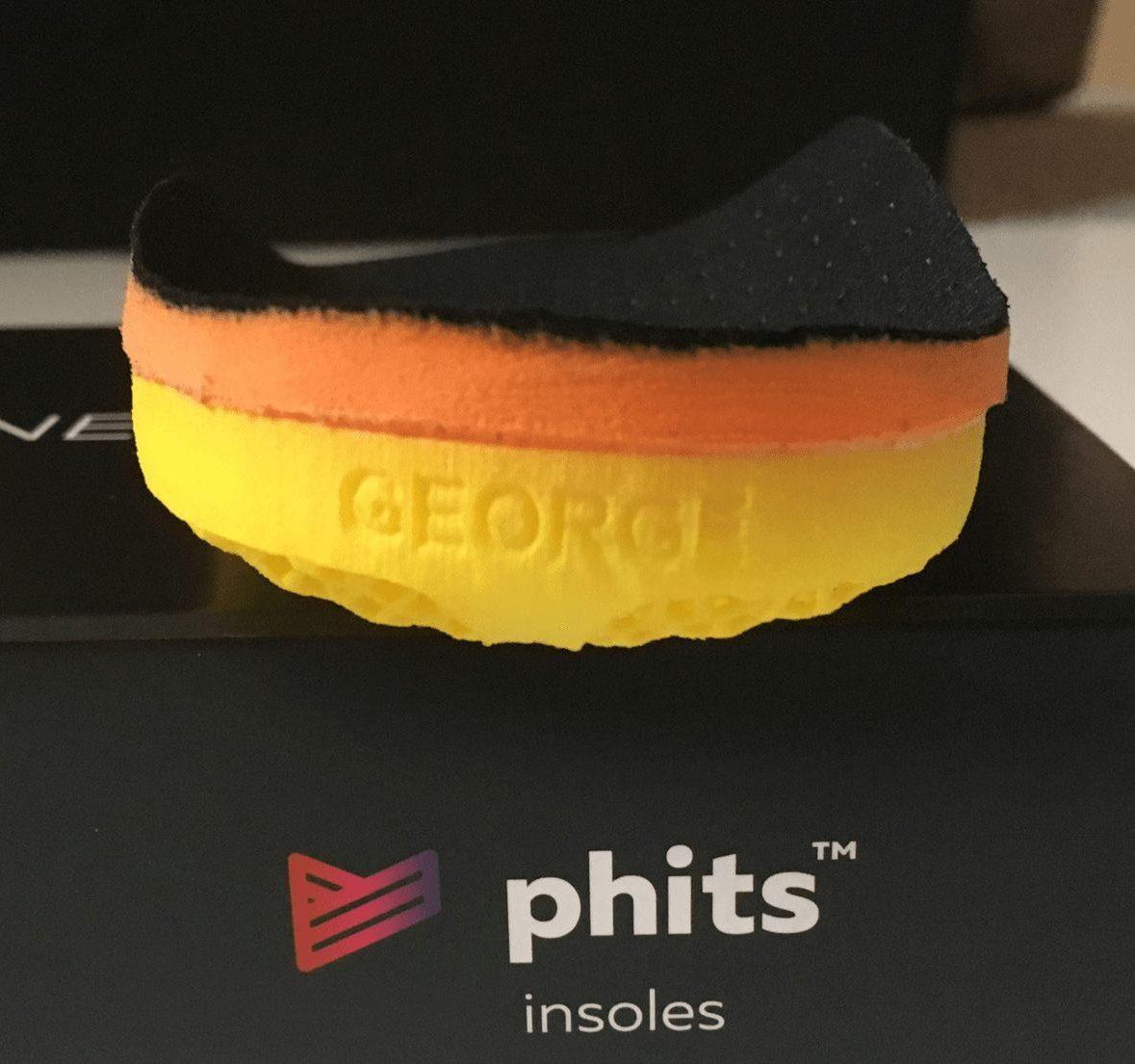Most of us are spending more time than ever sitting down. Maybe you work from home or a cubicle.
Sometimes we just don't have time to get moving or go outdoors for exercise. The average adult spends 18 years of their life sitting. But, getting active is important for both your mental and physical health.
But if you suffer from foot, knee, joint, or back pain, even walking around your home can feel impossible.
Luckily, there's a solution. Both over-the-counter inserts and custom orthotics promise to treat your foot, bunions, joint, knees, and/or back pain. They provide additional support and relief so that you can get back to doing what you love.
Is there one option, however, that offers a clear advantage over the other?
Keep reading to learn what you need to know about over-the-counter and custom insoles, and how to make the right choice for your feet.
A Better Fit

Perhaps the biggest factor that sets apart bespoke custom orthotics and over-the-counter orthotics is the fit.
Over-the-counter inserts are a one-size-fits-all solution to foot pain. There are numerous options on the market that claim to treat certain conditions or ailments. The reality is each of these is only an attempt to do so.
Depending on the type of condition and the individual, over-the-counter shoe orthotics may help alleviate some pain. However, you'll only get a perfect fit and optimal pain relief with a pair of prescription orthotics.
Custom orthotics can do more than add arch support or reduce pressure, depending on the condition that a patient is suffering from. They can be used to treat other foot pain, heel pain, knee pain and problems with ligaments.
Orthotics can even be customised for each foot. This is ideal for individuals with different sized feet or those suffering from conditions on just one foot or side of their body.
For instance, textured insoles have been proven to help those suffering from sclerosis to walk easier and improve sensation in their feet.
With custom-designed orthotics, podiatry experts take extensive scans of an individual's foot, while they stand still and while they move. These scans allow them to map the patient's footsteps and identify problem areas.
This information is then combined with knowledge and research about orthotic solutions to create the perfect cushioning insert for that individual.
The result is not only less pain but a better fit inside your shoe. This can help reduce wear and tear on your shoes as well.
Experts recommend replacing running shoes every 300 to 500 miles. For dedicated athletes, this means replacing several pairs each year. If an over-the-counter, ill-fitting insole adds to the wear on your shoes, you may find yourself having to replace them even more often.
Besides the cost, this also means having to break in new shoes more often and no help for your long term foot care.
Spotting Possible Health Problems or Injuries
If you're suffering from foot problems, pain in your knees, hips, or legs while walking, running, or standing, you might consider buying over-the-counter insoles to get relief.
While they may help reduce or even eliminate your pain, they also may cause you to skip visiting your doctor. This is a big mistake.
Pain while standing, walking, or doing anything else could be a sign of an underlying condition. As with most medical conditions and injuries, opting to only treat the symptoms rather than the cause can lead to even more damage and pain later on.
There are numerous serious conditions that can lead to foot pain or cause a person to try over-the-counter insoles. These include joint pain, plantar fasciitis, foot deformities, pronation, shin splints or fallen arches/high arches. Over time, these conditions may worsen, or even lead to more joint damage.
Insoles may help alleviate pain, but they will not treat these and other conditions. Instead, it's important to visit a podiatrist who can help you identify the problem and plan a course of treatment.
This treatment may include insoles or orthotics, but they are likely to be custom-made to target your problem areas, provide relief, and prevent more damage from occurring.
Enhanced Quality

Most insoles that are available ready-to-wear from department stores or sporting good shops are made from rubber or silicon.
These materials are used for a number of reasons. To start, they allow buyers to cut them down to the right size to fit their shoes.
Otherwise, manufacturers would have to produce and then sell over-the-counter insoles in every possible size shoppers might need. This would make the orthotics far more expensive for manufacturers, and challenging for stores to stock and display.
These materials also serve another purpose; cost-savings. Even pricier over-the-counter insoles typically feature cheap materials that don't provide the same level of support that more durable materials would.
Depending on the type of orthotic and its function, they may be made from leather, cork, polypropylene, rigid plastics, or carbon fibre.
Whereas, custom orthotics are made from higher quality materials. These materials create a better, more comfortable fit, and quality that you can see and feel.
Orthotics Designed for Your Activities of Choice

It isn't only our feet that are unique in their shape, size, and problem spots. How we choose to use our feet is just as unique.
Maybe you love to run marathons, or you prefer fast, short-distance sprints. Hiking is another activity that's tough on the feet. Other sports, like cricket, football, and even golf put different strains on different parts of your feet, legs, knees, and back.
Basketball, for instance, is notorious for the beating it inflicts on players' feet.
It isn't solely your recreation of choice that is tough on your feet. If you have a job that has you standing, walking, lifting, or performing repetitive motions, you may develop problems with your feet, legs, and back consequently.
If you're suffering from pain that is getting in the way of enjoying your favourite sport or activity, you need a customized solution. Custom foot orthotics are designed to counteract the wear and tear your feet go through when you are enjoying that sport or activity, adding shock absorption.
Over-the-counter insoles may advertise the ability to treat specific conditions. But they aren't designed for specific activities.
When you have custom orthotics designed specifically for you, you can have them adopted and built with your sport in mind.
Gait analysis is used to look at your body's unique movements or biomechanics. This technology doesn't just look at your feet. It also analyses any pressure points in your joints, hips, or lower back that could be caused by your step or foot conditions.
After analysing your gait, experts custom design orthotics that target your trouble spots and provide relief from any ailments or injuries that you may be suffering from.
Durability

Just as your gym shoes aren't designed to make it more than 300 to 500 miles, neither are most insoles.
The more you wear them, and the cheaper the design, the faster the insoles will break down. The material will start to wear thin, the arch will flatten, and any support they once offered will begin to disappear.
Depending on the types of sports and activities that you enjoy and how tough you are on them, you may need to replace standard insoles several times in the lifetime of a pair of shoes. If you move them between different pairs and wear them all day long, you'll need to replace them even more often if you want to continue getting any relief.
Custom orthotics are much more durable than most over-the-counter insoles. To start, they are developed with higher-quality materials that won't break down or wear out as quickly.
Because they are designed for your foot and custom-fit to your shoes, there will also be fewer pressure points on your custom orthotics versus regular insoles. This also helps slow the rate that they break down, allowing you to go longer in between replacements.
Long-term Cost Savings
Custom orthotics are more expensive to purchase than insoles. However, they may offer better cost-savings long-term.
Because custom-orthotics are built to last and fit to your feet, you won't need to replace them as often. So while you'll spend more initially, you'll have to replace them less, saving money over time.
If your custom-orthotics are designed to treat a medical condition, doing so will also help save you from future treatments and doctor visits, which also helps you to save money and time.
Potential Health Insurance Rebates
Over-the-counter insoles are rarely covered by health insurance. And, your local NHS Trust might not provide them free of charge. Anyone can buy these insoles, without needing to see a doctor or get a prescription.
However, custom orthotics are different. Because they are prescribed by a doctor or specialist, they are often considered a part of your medical care by your insurance company.
This benefit will vary depending on your insurance provider and coverage. However, in many cases, orthotics will be covered or you can claim a rebate for a portion of your orthotics from your insurance provider.
A Quick-Fix Versus a Long-term Solution
One of the reasons that many people turn to over-the-counter insoles is they are a quick and easy solution.
Because they are available at many stores and can be cut to size at home, you can add them to your shoes in minutes to get quick relief.
But this relief is often temporary. And it often treats the pain without treating the condition causing you pain and discomfort.
Custom orthotics, because they are designed for your specific needs and feet, take longer to get. It often takes about two weeks between your appointment with an expert and when your orthotics will be ready for you. You'll also need to schedule a follow-up visit, which may add time.
However, the improved fit, durability, quality, and long-term savings are well worth the wait.
What Can You Expect from Custom Orthotics?

To get the best custom orthotics, check if the supplier uses a state-of-the-art Dynamic Footscan Gait Analysis and 3D-printing technology. This will mean you get custom-designed orthotics that fit your feet and treat any conditions you may be suffering from.
The best orthotics last up to 3 times longer than store-bought insoles and can come with a two-year guarantee. They can be custom-fit to wear inside of running shoes, hiking boots, or other shoes, so you'll never have to suffer from foot pain when wearing your favourite footwear.
Choosing Between Over-the-Counter and Custom Orthotics
Over-the-counter shoe insoles are a quick way to reduce foot pain with a low-cost option. But don't confuse a quick, cheap solution with quality treatment for the pain that you're suffering.
Whether you're suffering from chronic pain or a medical condition, custom orthotics are the clear solution.
Designed for your feet and with your favourite sports or daily activities in mind, they offer a fit that can't be rivalled with a standard insole. While they may cost more upfront and take longer to produce, they can help you save money over time as you won't have to replace them or deal with additional wear on your shoes.
You'll also get a higher quality orthotic and top covers that can help treat the condition that you're suffering from, rather than simply masking the pain. This helps reduce additional damage and pain in the future as well.
If you've been suffering from foot pain or are ready to make the switch from over-the-counter insoles, we can help. Contact us today to book an appointment and get your own custom-designed orthotics.
The Medical remains open
As a fully registered and regulated medical provider, we will remain OPEN during COVID. We are committed to providing consistent, uninterrupted medical care, whilst taking the necessary precautions to keep everyone safe. Click here for more information and to see what changes we've made to protect you.

